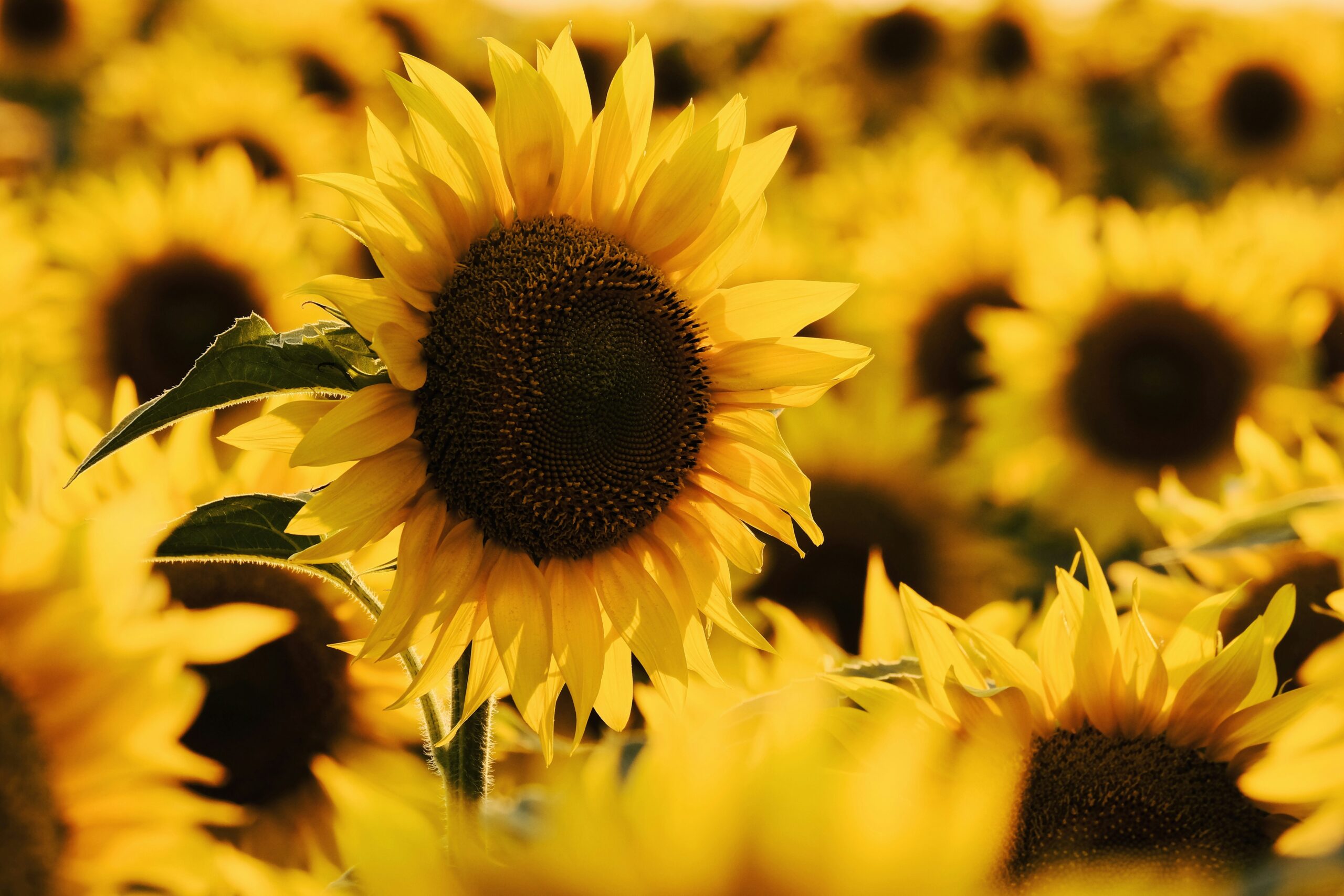
Lilies, with their striking appearance and intoxicating fragrance, have captivated the hearts of flower enthusiasts and horticulturists worldwide. The history and diversity of lilies weave a fascinating tale that spans cultures, continents, and centuries. From ancient civilizations that revered them as symbols of wealth and prosperity to modern-day florists near me and across the globe who cherish them for their aesthetic and symbolic value, lilies have remained a constant in the ever-changing tapestry of floral history.
The Historical Roots: Tracing the History of the Lily
Lilies have permeated various cultures, symbolizing purity, motherhood, and royalty. The ancient Greeks associated lilies with Hera, the queen of the gods, while the Romans used them to represent Venus, their goddess of love. In Christian symbolism, lilies, particularly the Madonna lily, are associated with the Virgin Mary, symbolizing purity and motherhood. The rich history of lilies has seen them utilized in medicinal practices, culinary applications, and religious ceremonies, showcasing their multifaceted role across different civilizations.
A Spectrum of Beauty: Unveiling Different Types of Lilies
Lilies come in a myriad of shapes, sizes, and colors, each variety bringing its own unique charm and significance. Some notable types of lilies include:
Asiatic Lilies: Known for their vibrant colors and hardy nature, Asiatic lilies are a popular choice among gardeners and florists alike.
Oriental Lilies: Celebrated for their intoxicating fragrance and large, bold blooms, oriental lilies, like the famous ‘Stargazer’ lily, are a staple in various floral arrangements.
Trumpet Lilies: Characterized by their trumpet-like shape, these lilies often boast a strong, sweet scent and are typically larger than their Asiatic counterparts.
Tiger Lilies: With their distinctive speckled petals, tiger lilies bring a wild, natural beauty to gardens and bouquets.
Calla Lilies: Although not true lilies, calla lilies are often associated with them due to their similar name and are admired for their elegant, sculptural beauty.
The Diverse World of Lilies: Understanding the Vast Varieties of Lilies
The question often arises: why are there so many different types of lilies? The answer lies in their adaptable nature and the hybridization efforts of horticulturists. Lilies can be found in a wide range of environments, from mountain regions to tropical areas, each variety of lilies adapting to its specific habitat. Furthermore, the efforts of breeders to create new kinds of lilies that possess specific desired traits, such as unique colors, patterns, or fragrances, have significantly expanded the lily family, offering a diverse palette of options for gardeners and florists alike.
Lilies in Modern Times: The Contemporary Significance and Uses of Lilies
Today, lilies continue to be a favored choice for various occasions, from weddings and funerals to everyday bouquets. Flowers in Sarasota and worldwide are utilized to convey messages of love, sympathy, and congratulations, with different kinds of lilies being chosen to represent specific sentiments. The wide array of types of lilies available allows for a nuanced language of flowers, where each variety can express a particular emotion or wish.
Conclusion
Lilies, in their myriad forms, continue to enchant with their elegant blooms and rich symbolism. From the historical tales of their reverence and use to the modern-day practices of hybridization and floral arrangement, lilies stand as a testament to the enduring allure of flowers throughout history. Whether you’re exploring the varieties of lilies in a botanical garden or selecting a bouquet from a florist near me, the timeless beauty of lilies is sure to captivate and inspire.



